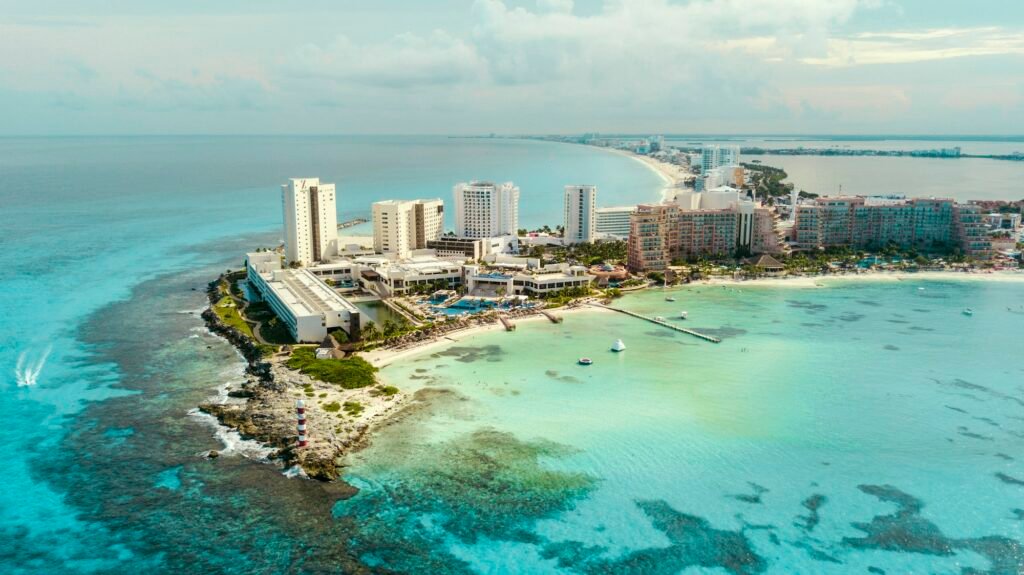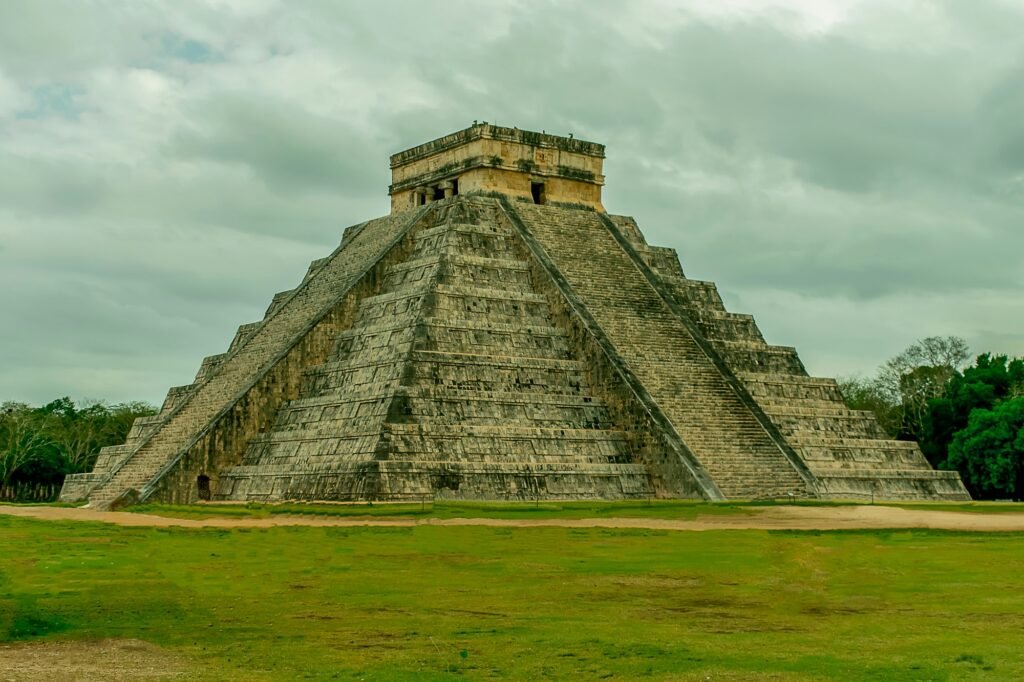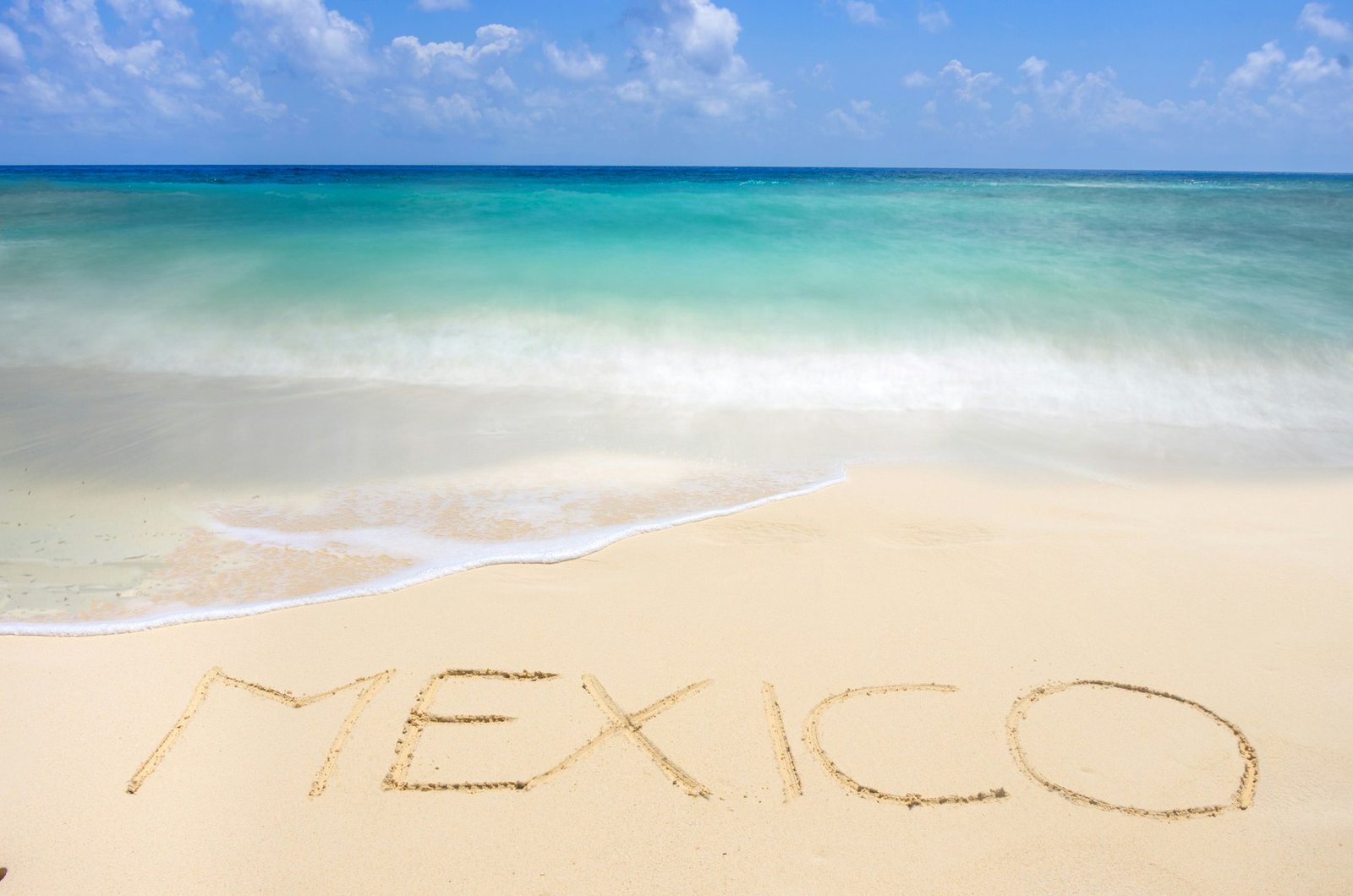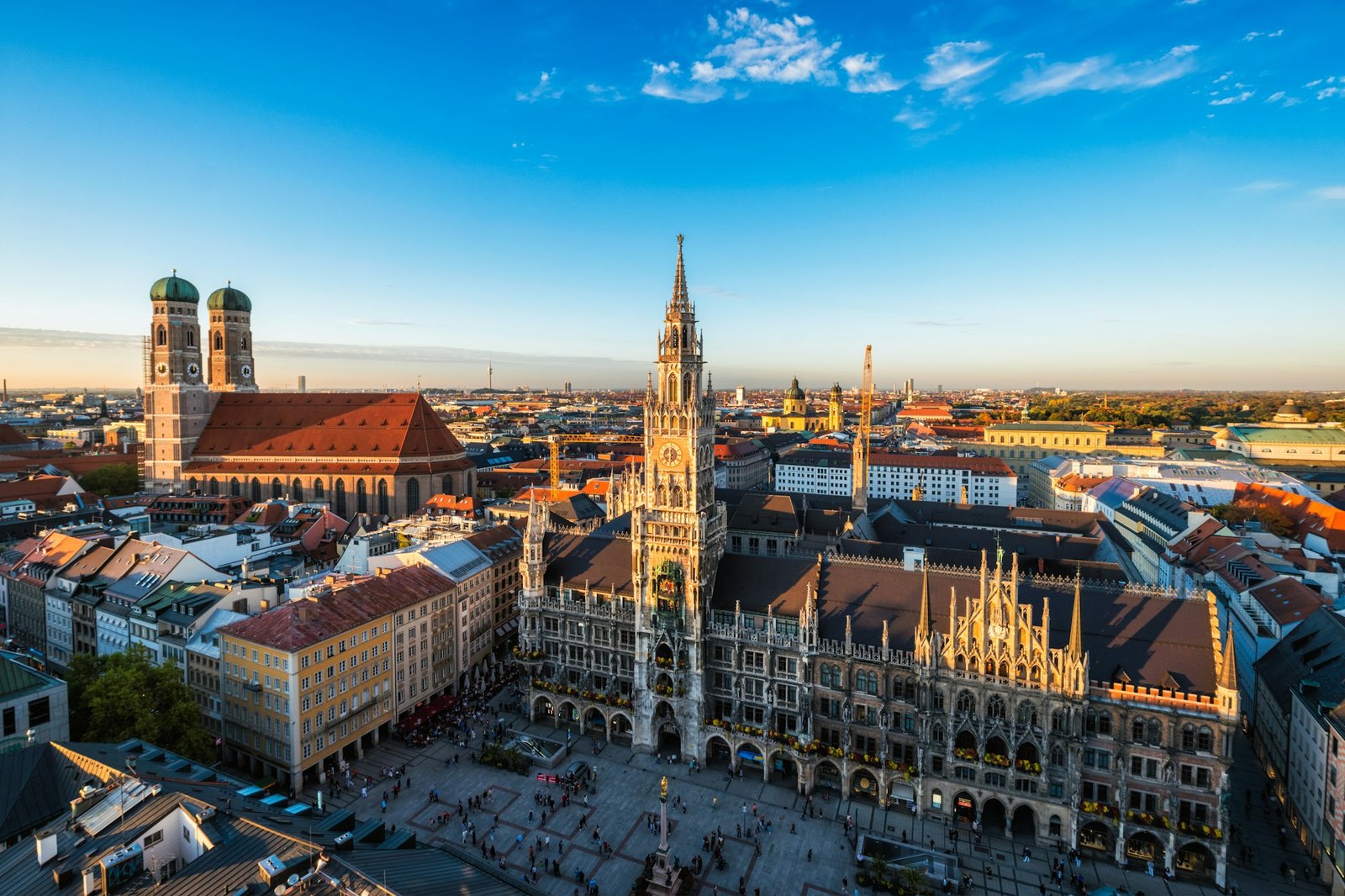Essential Travel Information for Mexico
Before embarking on your trip to Mexico, it is important to familiarize yourself with the essential travel information to ensure a smooth and enjoyable experience. One of the first considerations is understanding the visa requirements. For citizens of the United States, Canada, the European Union, and many other countries, a tourist visa is not required for stays up to 180 days. However, travellers from certain countries may need to obtain a visa in advance, so it is advisable to check the latest requirements with the Mexican consulate or embassy in your home country.
Health precautions are another critical aspect to address. The Centres for Disease Control and Prevention (CDC) recommends that travellers be up-to-date on routine vaccines such as measles, mumps, and rubella (MMR), diphtheria-tetanus-pertussis, varicella (chickenpox), and polio. Additionally, vaccines for Hepatitis A and B, typhoid, and rabies may be recommended depending on your travel itinerary and activities. It is also wise to pack a basic medical kit including any prescription medications, as well as over-the-counter remedies for common ailments.
When it comes to handling money in Mexico, the national currency is the Mexican Peso (MXN). Currency exchange can be done at airports, banks, and exchange bureaus. While credit and debit cards are widely accepted in urban areas and tourist destinations, having some cash on hand is advisable for smaller towns and local markets. ATMs are readily available, but be mindful of possible transaction fees and ensure your bank is notified of your travel plans to avoid any disruptions in service.
Staying safe during your trip is paramount. Be aware of local customs and cultural norms to show respect and avoid misunderstandings. For instance, it is polite to greet people with a handshake or a nod. When using public transportation, it is advisable to use official taxi services or ride-sharing applications. Keep a copy of your passport, travel insurance details, and emergency contact numbers, including the local embassy or consulate, readily accessible.
By taking these essential travel tips into account, you can better prepare for a memorable and worry-free trip to Mexico. Proper planning and awareness of local guidelines will enhance your travel experience and ensure you make the most of your visit to this vibrant and diverse country.
Best Accommodation Options Across Mexico

When planning a trip to Mexico, selecting the right accommodation is crucial to ensuring a comfortable and memorable experience. Whether you are a budget traveler, a luxury-seeker, or someone in between, Mexico offers a diverse range of lodging options to suit every need and preference. In major tourist areas such as Mexico City, Cancun, Playa del Carmen, and Tulum, you will find a variety of hotels, resorts, and boutique stays that promise to enhance your vacation.
In Mexico City, the bustling capital, upscale hotels such as the Four Seasons and St. Regis offer luxury and impeccable service. For a touch of local charm, boutique hotels like Downtown Mexico and Casa Goliana provide a more intimate experience with a unique blend of traditional and contemporary design. Budget-conscious travellers can find comfort in well-reviewed hostels and mid-range hotels that do not compromise on quality.
Cancun and Playa del Carmen, known for their stunning beaches and vibrant nightlife, boast an array of all-inclusive resorts. Properties like the Grand Fiesta Americana and the Royal Hideaway Playacar offer comprehensive amenities, including gourmet dining, spa services, and organized activities. For those seeking a more personalized stay, boutique hotels such as the Thompson Playa del Carmen provide a chic and modern ambiance, ideal for couples and solo travelers alike.
Tulum, famous for its bohemian vibe and eco-friendly ethos, is home to various unique lodging experiences. Eco-resorts like Azulik and Be Tulum blend luxury with sustainability, offering guests the chance to reconnect with nature. Traditional haciendas, which are restored colonial estates, provide an authentic taste of Mexican heritage and hospitality. Additionally, Airbnb options are plentiful across Mexico, often offering unique and budget-friendly alternatives to traditional accommodation.
When booking accommodations in Mexico, it is advisable to plan ahead, especially during peak travel seasons. Understanding local hospitality standards can help set realistic expectations, and researching the best deals through comparison websites or travel agencies can lead to significant savings. By choosing the right place to stay, you can ensure a comfortable and enjoyable trip to Mexico, tailored to your individual preferences and budget.
Top Destinations to Visit in Mexico

Mexico is a country rich in history, culture, and natural beauty, offering a plethora of destinations that cater to diverse interests. One of the most iconic sites is the ancient ruins of Chichen Itza. Located in the Yucatan Peninsula, Chichen Itza is a UNESCO World Heritage site and one of the New Seven Wonders of the World. Visitors can explore the impressive El Castillo pyramid, the Temple of the Warriors, and the Great Ball Court. The best time to visit is during the dry season, from November to April, when the weather is more pleasant.
Another must-visit historical site is Teotihuacan, situated near Mexico City. Known as the “City of the Gods,” this ancient Mesoamerican city is famous for its massive pyramids, including the Pyramid of the Sun and the Pyramid of the Moon. A guided tour can provide deeper insights into the site’s rich history. The best months to visit are from October to May, avoiding the hot summer months.
For those who enjoy vibrant city life, Mexico City and Guadalajara are top choices. Mexico City, the capital, is a bustling metropolis that blends the old and new. Key attractions include the historic center, the National Museum of Anthropology, and the colorful neighborhood of Coyoacan. Guadalajara, known as the cultural heart of Mexico, offers a more relaxed atmosphere with highlights such as the Teatro Degollado, the Hospicio Cabañas, and the lively Mariachi music scene. Both cities are ideal to visit year-round, though the spring months of March and April are particularly pleasant.
Nature enthusiasts will find paradise in the Yucatan Peninsula’s cenotes, natural sinkholes filled with crystal-clear water. The cenote route near Tulum and Valladolid offers a range of cenotes, from open-air to underground caves, perfect for swimming and snorkelling. The best time to explore these natural wonders is during the dry season to avoid excessive rainfall.
The beaches of Baja California offer a different kind of natural beauty. From the pristine shores of Cabo San Lucas to the tranquil waters of La Paz, this region is ideal for beachgoers, surfers, and marine life enthusiasts. Whale watching in the winter months from December to April is a unique experience not to be missed.
For those seeking off-the-beaten-path adventures, consider visiting the Copper Canyon in Chihuahua, often referred to as Mexico’s Grand Canyon. The area offers hiking, biking, and the famous Chihuahua al Pacifico Railway, which provides breathtaking views of the canyon. The best time to visit is from October to March, when the weather is cooler and more comfortable for outdoor activities.
Cultural Insights and Local Experiences
Immersing yourself in Mexican culture can profoundly enrich your travel experience. One of the most vibrant aspects of Mexican culture is its festivals and holidays. Celebrations like Día de los Muertos (Day of the Dead) and Las Posadas offer a deep dive into the country’s traditions. Día de los Muertos, held on November 1st and 2nd, honors deceased loved ones with altars, marigolds, and sugar skulls, offering a unique perspective on Mexican views of life and death. Las Posadas, celebrated in December, involves reenactments of Mary and Joseph’s search for shelter, culminating in festive gatherings and piñatas.
Exploring traditional Mexican cuisine is another unmissable experience. From street vendors to fine dining establishments, Mexico offers a culinary journey that includes staples such as tacos, tamales, and mole. Cities like Oaxaca and Puebla are renowned for their culinary heritage. In Oaxaca, try local delicacies like tlayudas and chapulines (grasshoppers), while Puebla is famous for its rich and complex mole poblano. For a more hands-on experience, consider taking a cooking class to learn how to make authentic dishes yourself.
Engaging with the local community can greatly enhance your trip. Mexicans are known for their warmth and hospitality, and simple gestures can go a long way. Learning basic Spanish phrases such as “Hola” (Hello), “Gracias” (Thank you), and “Por favor” (Please) can foster goodwill and make interactions smoother. Understanding local etiquette, such as greeting people with a handshake or a cheek kiss, can also help you navigate social situations with ease.
By participating in local festivals, indulging in traditional cuisine, and engaging thoughtfully with the community, travellers can deeply immerse themselves in the vibrant culture of Mexico. This holistic approach not only enriches the travel experience but also fosters meaningful connections and lasting memories.





